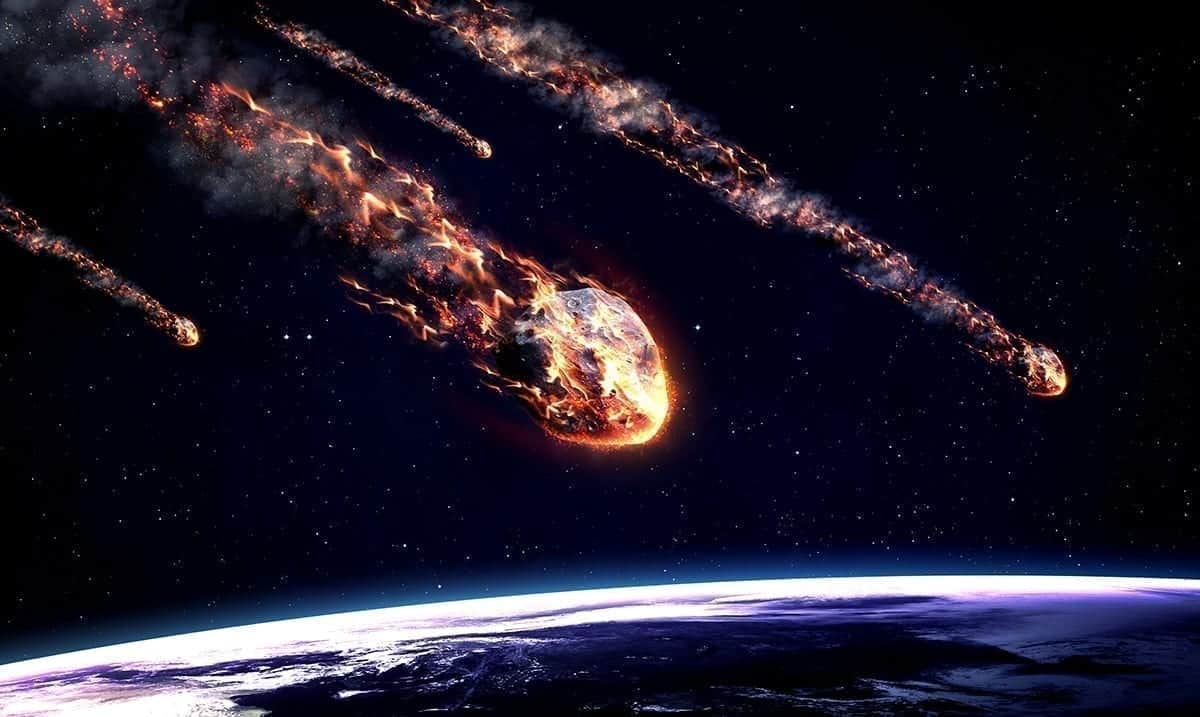The Lyrids are a meteor shower produced by comet Thatcher, as Earth passes through its orbit path, we can see the remnants of its tail in the form of meteors. Perhaps one of the coolest aspects of this meteor shower is the fact that it’s known to produce fireballs!
Beginning on April 22 to 23, we will be able to see the peak of this meteor shower up until the early pre-dawn hours. And since it’s been a while since we’ve seen a meteor shower light up the night sky, this will be the end of a meteor drought.
Another interesting aspect of this shower is its unpredictability, with up to 100 meteors per hour being spotted during some showers. This is known as a Lyrid outburst, and it happens because the debris begins to be reshaped by Earth during its orbit.
While this doesn’t always happen, there is most definitely a possibility of it, so it’s worth watching just for that.
To watch this event, Earthsky explains,
“From the Northern Hemisphere. the bright star Vega in the constellation Lyra – near the radiant point for the Lyrid shower – rises above your local horizon, in the northeast, around 9 to 10 p.m. local time in April. That’s the time on your clock, from mid-latitudes, from the northern part of the globe. Vega climbs upward through the rest of the night. By midnight, Vega is high enough in the sky that meteors radiating from that direction streak across your sky. Just before dawn, Vega and the radiant point shine high overhead, and the meteors will be raining down from the top of the Northern Hemisphere sky.
From the far southerly Southern Hemisphere. Vega – and the Lyrid meteors’ radiant point – don’t rise until the hours before dawn from the southern mid-latitudes. From there, the radiant point never gets very high in the sky. Many of the meteors that come from this point head northward, below your horizon if you’re in the Southern Hemisphere. Thus, you have a narrower window for watching this particular, far-northern shower. Still, you might see some meteors!”
Because of how vibrant the meteors and shooting stars are that are produced by this meteor shower many have referred to them as “fireballs.”
Because this shower coincides with a waning gibbous moon, it is best to try to look at the darker point in the night. If you do, you are sure to be in for a real treat!

